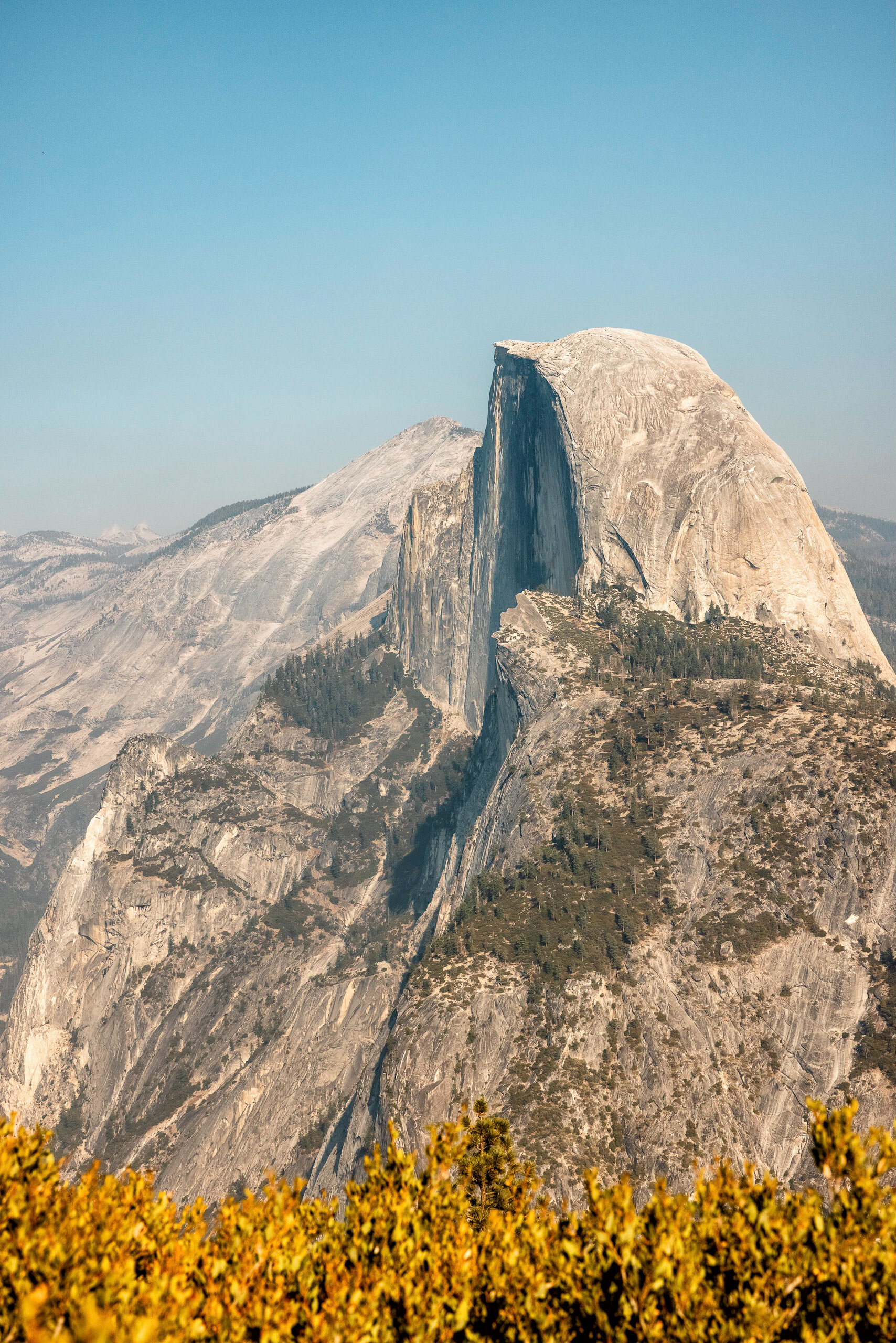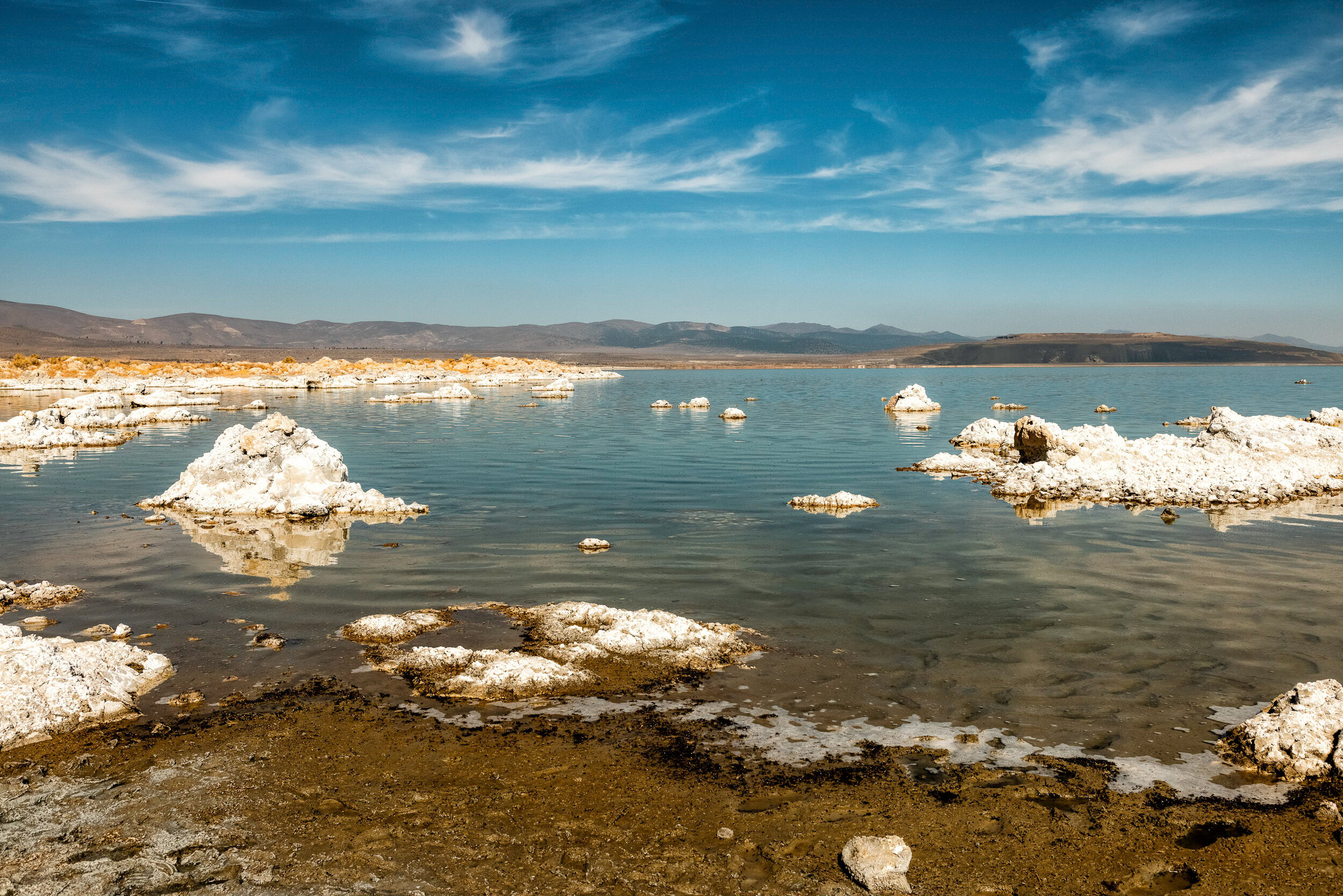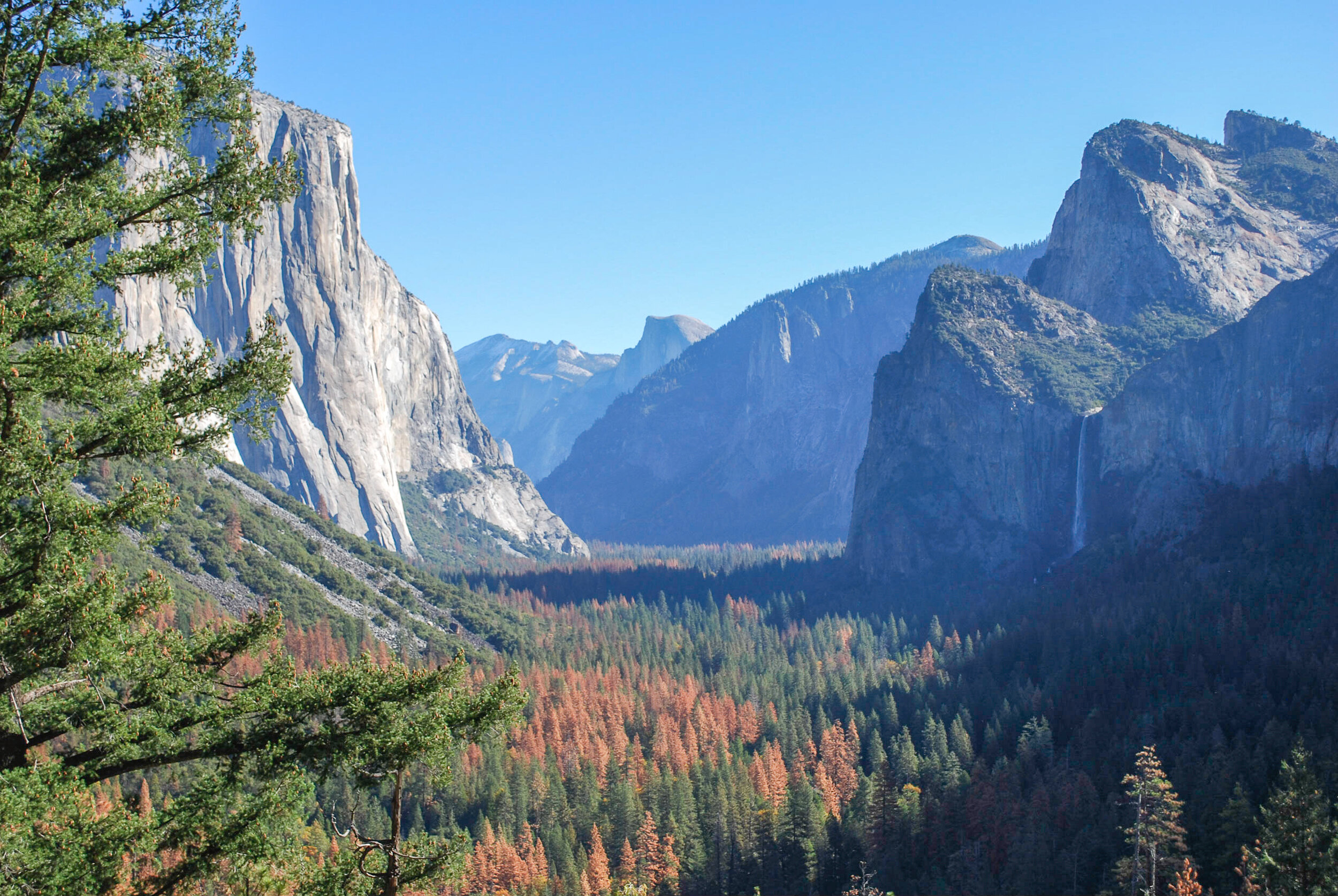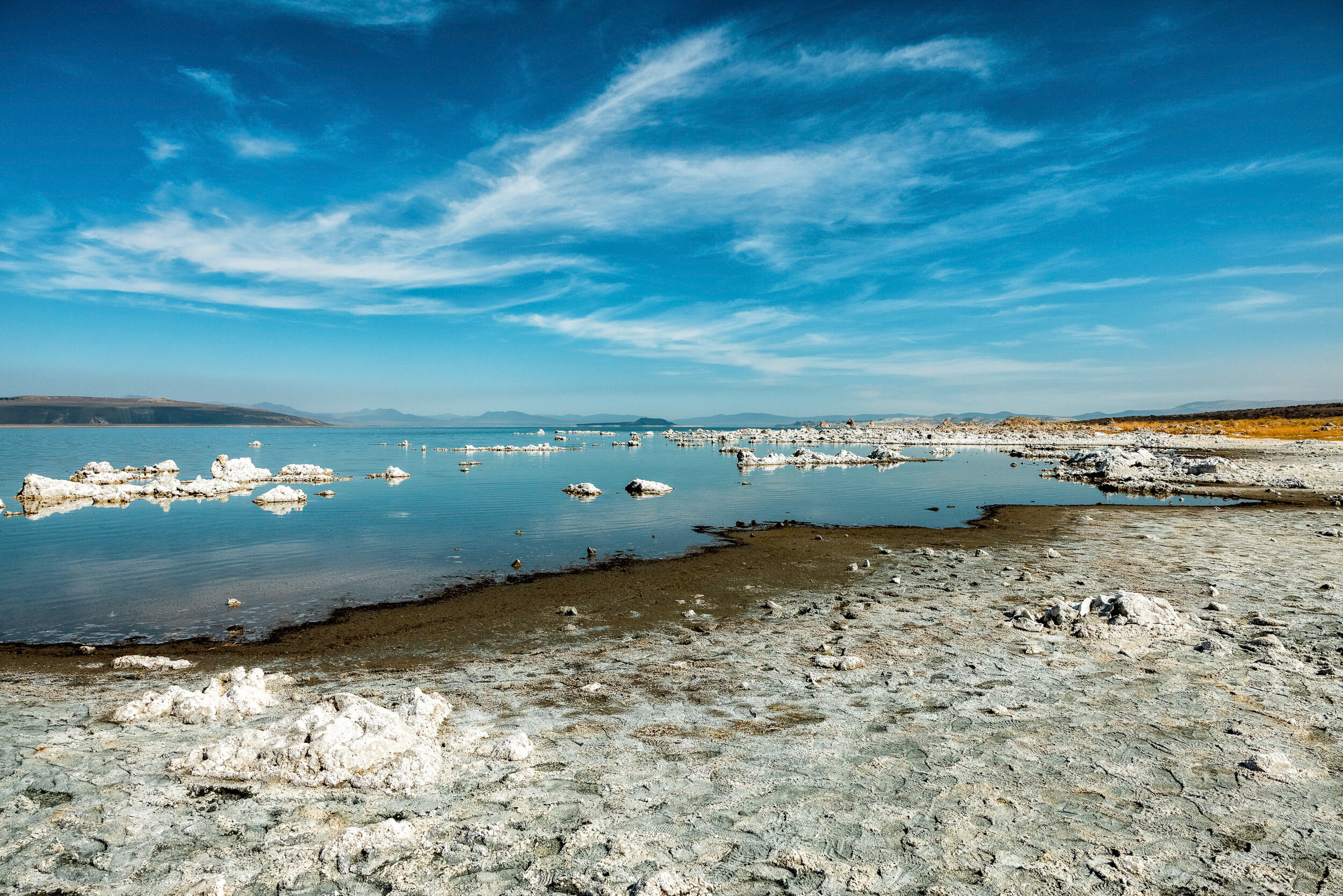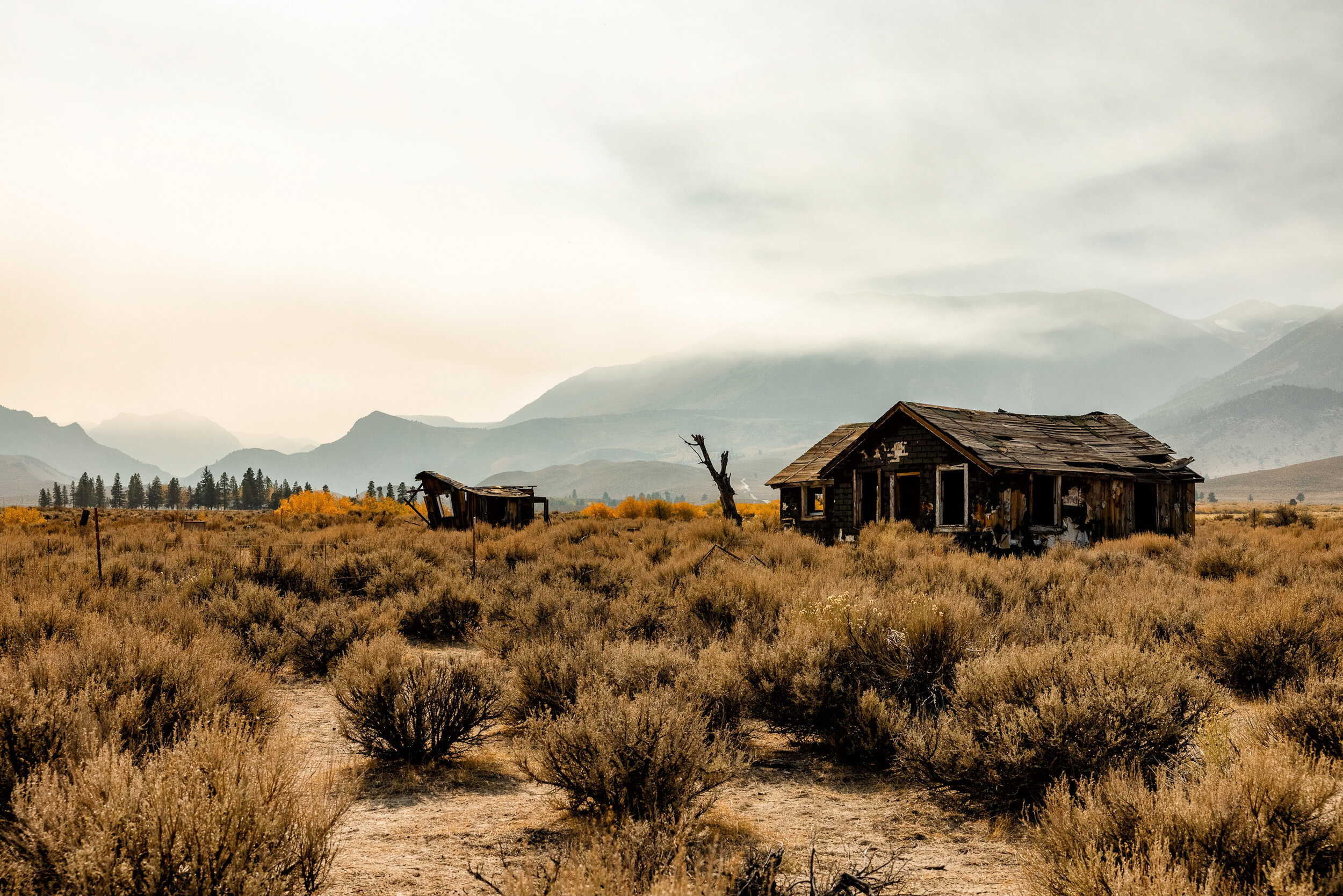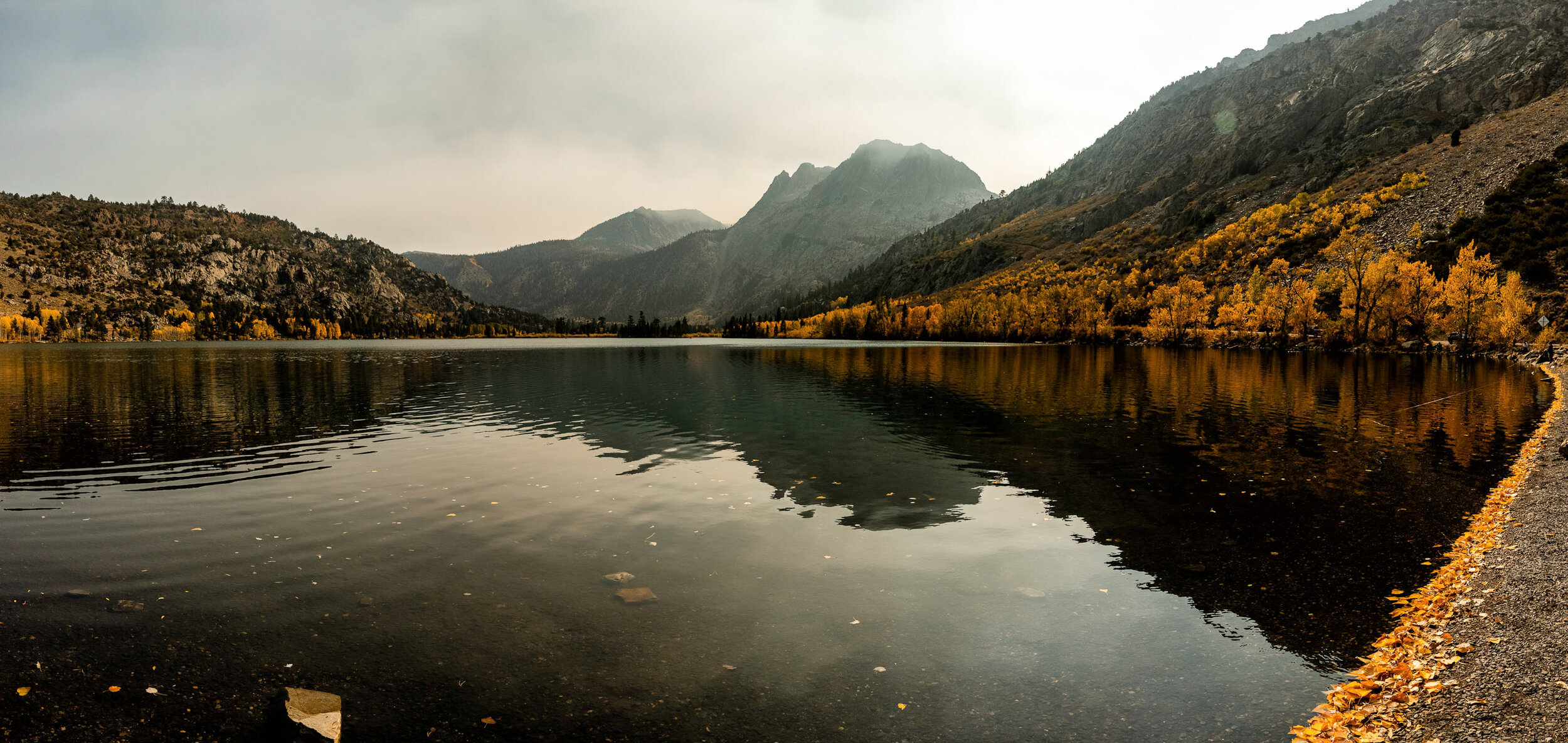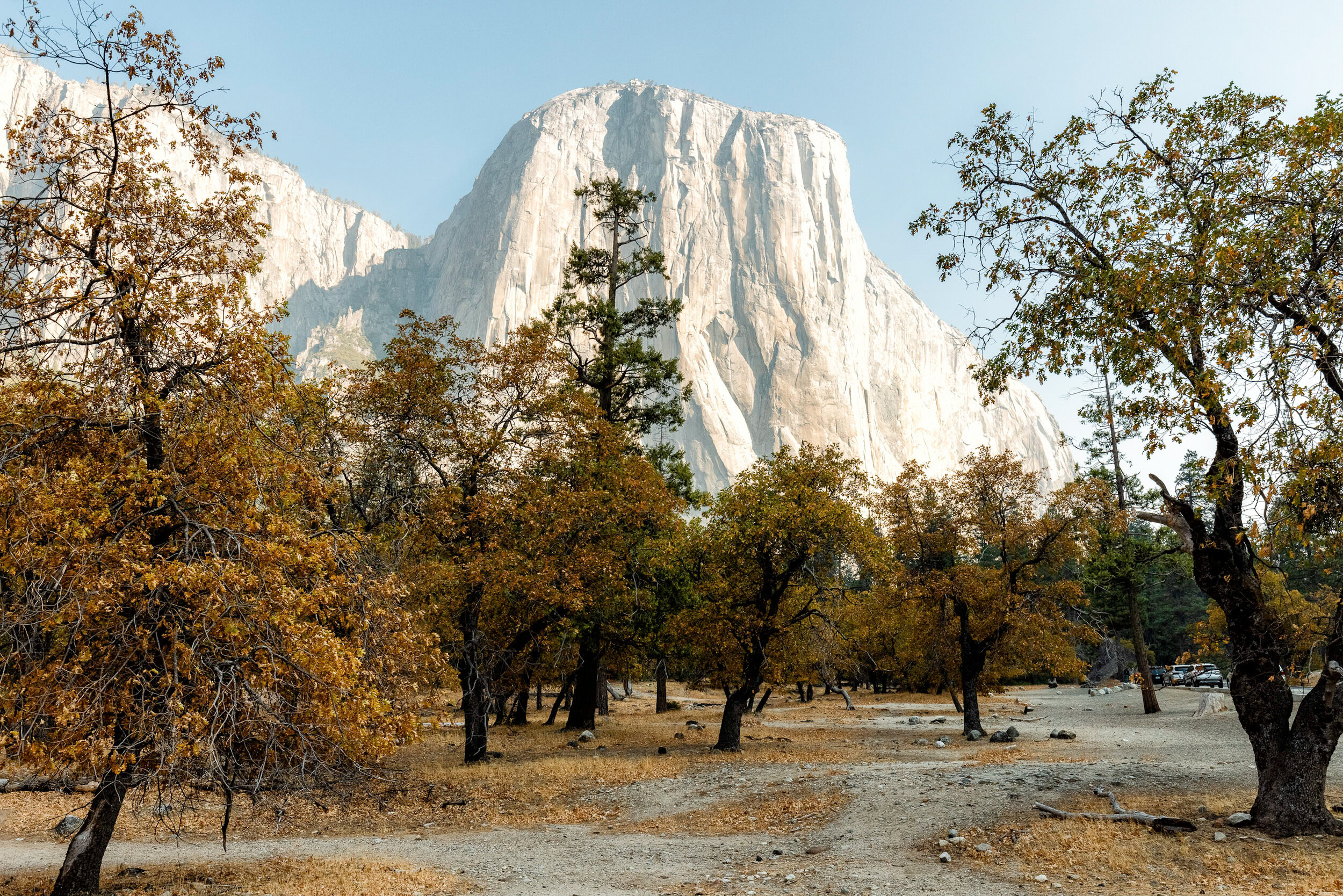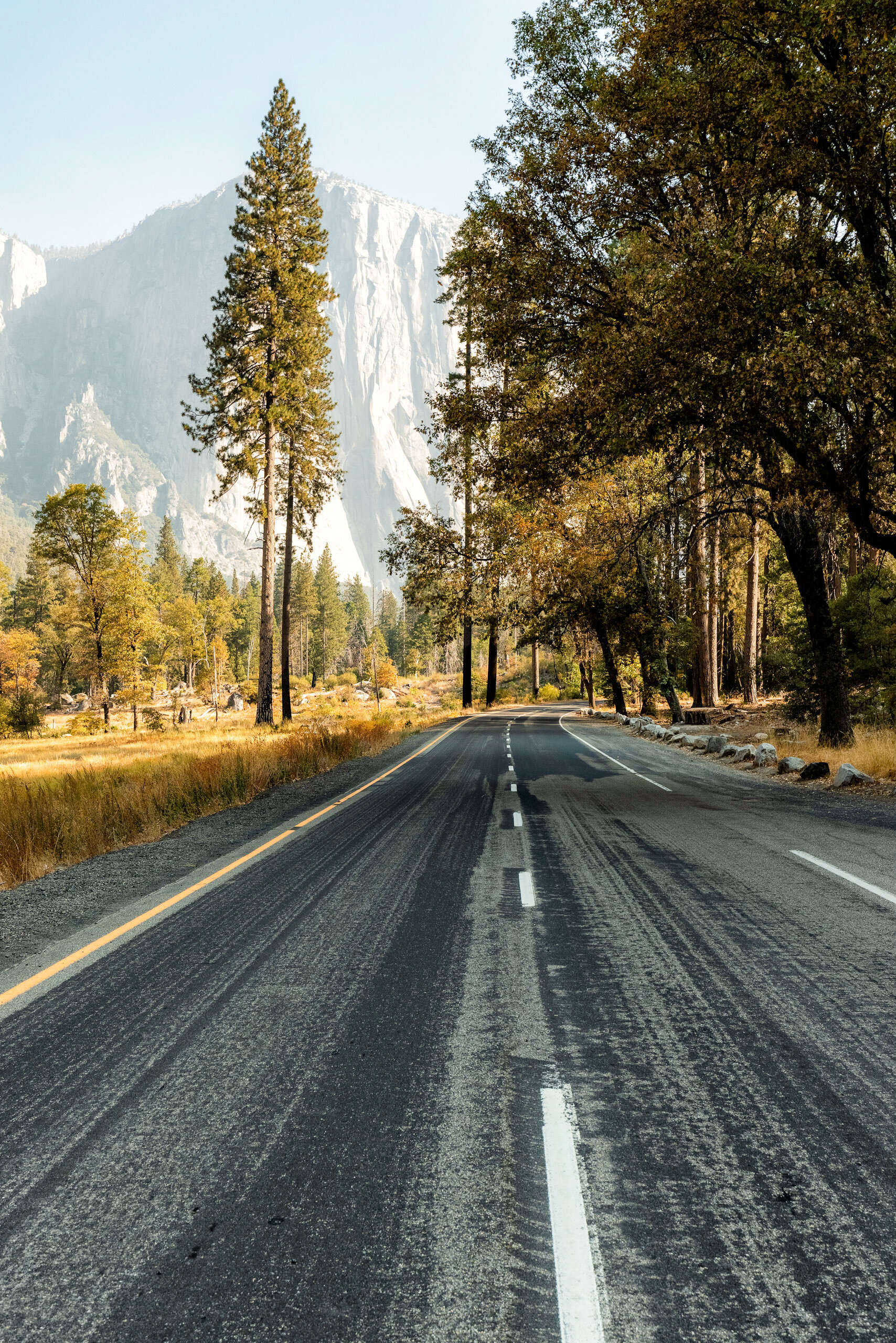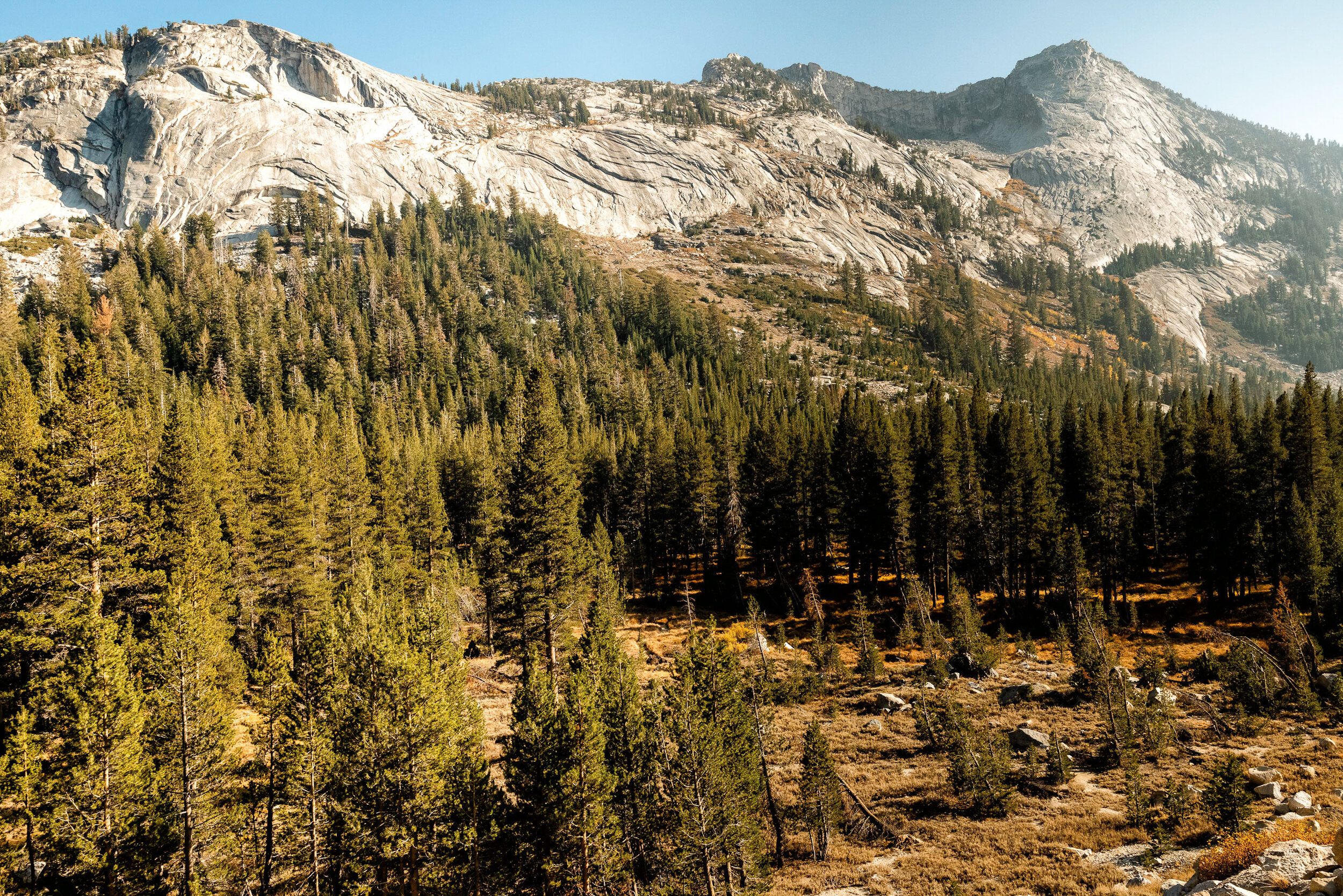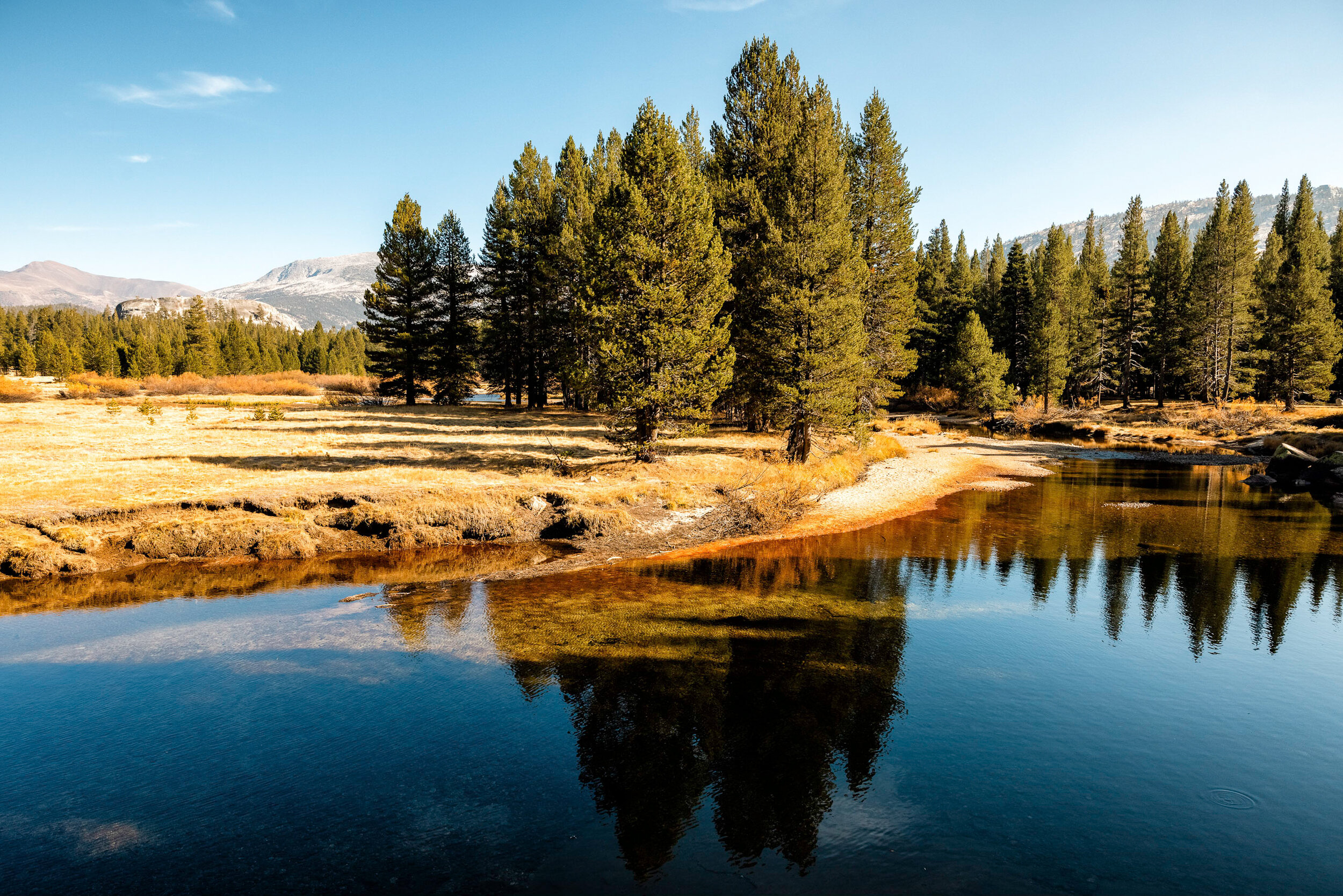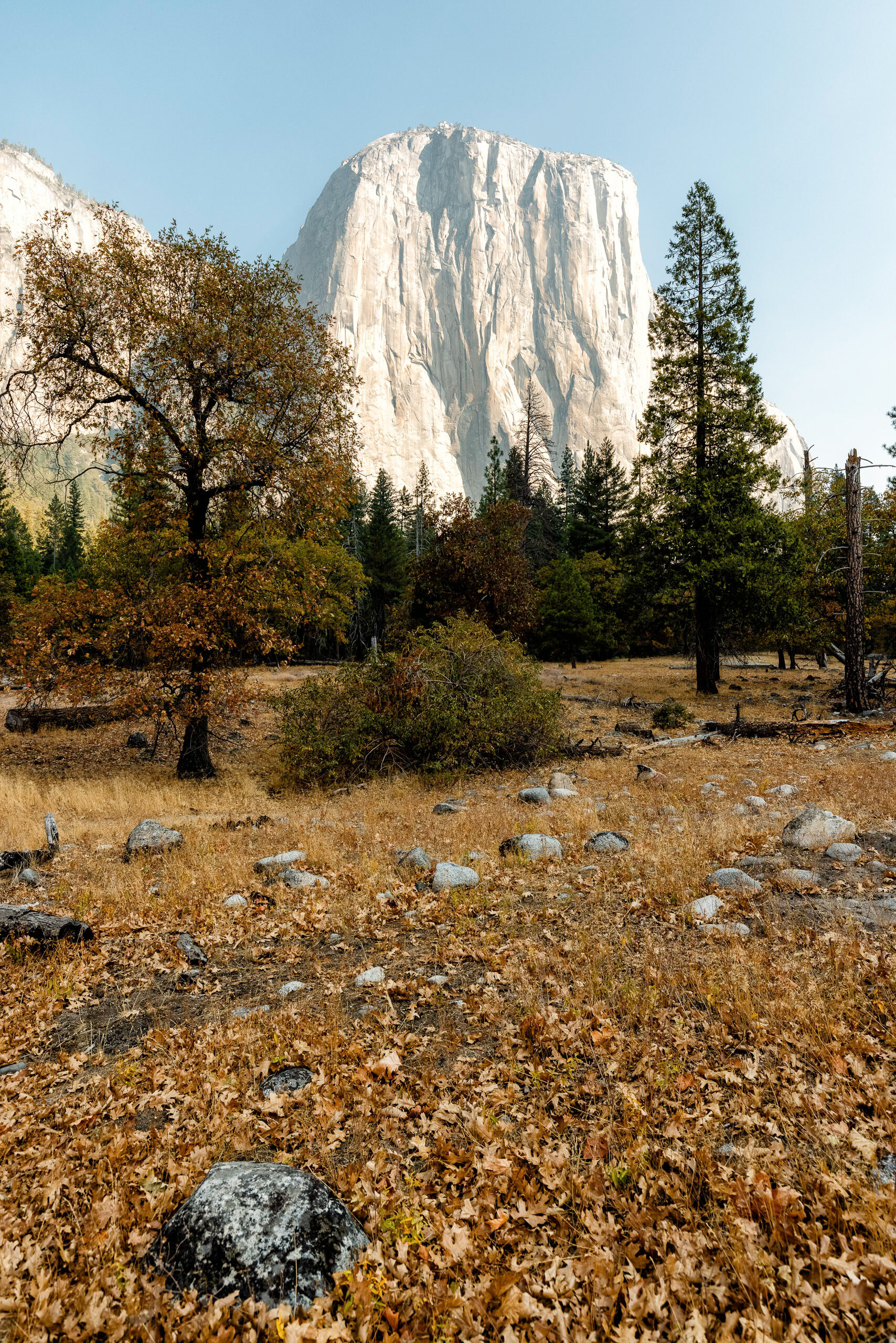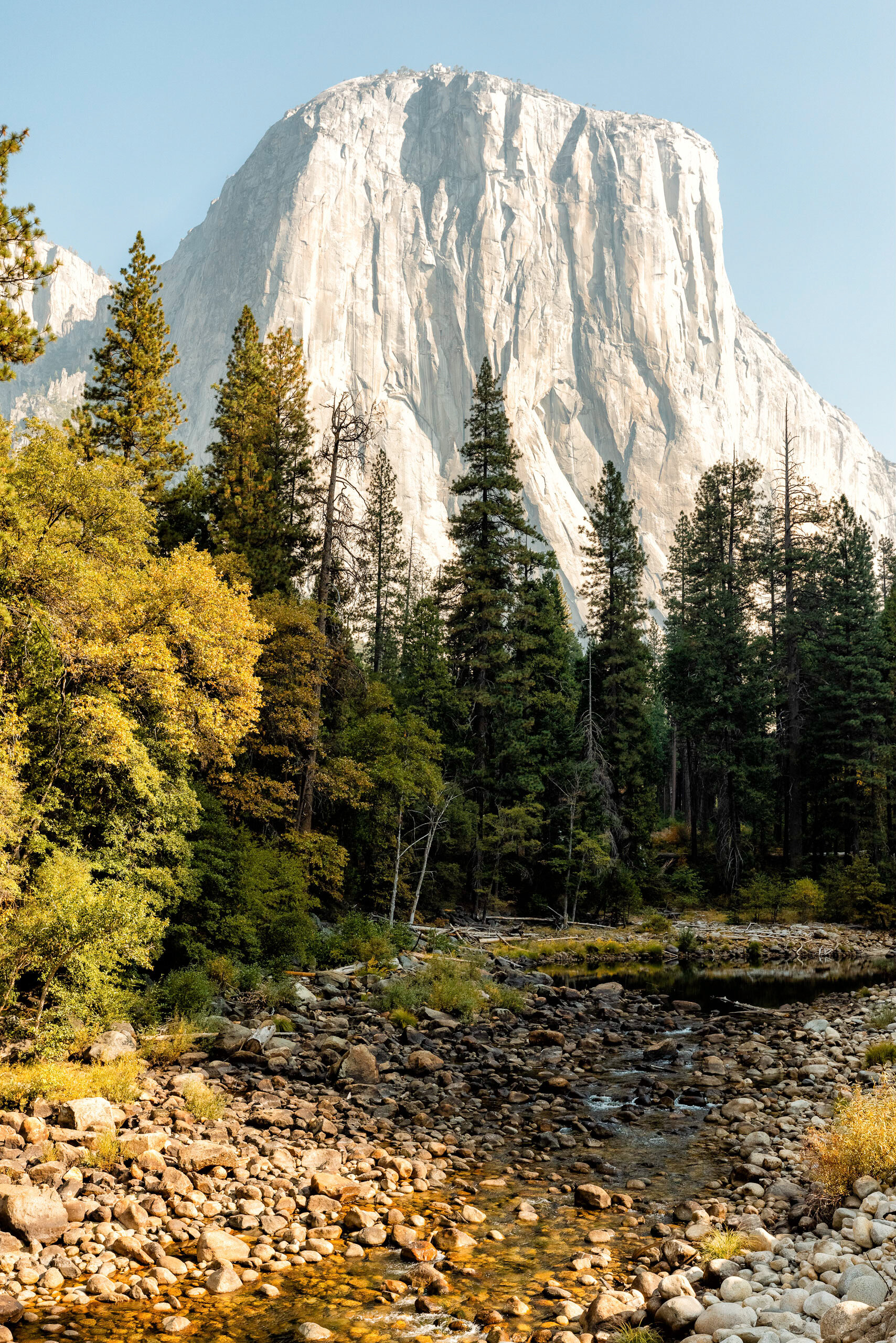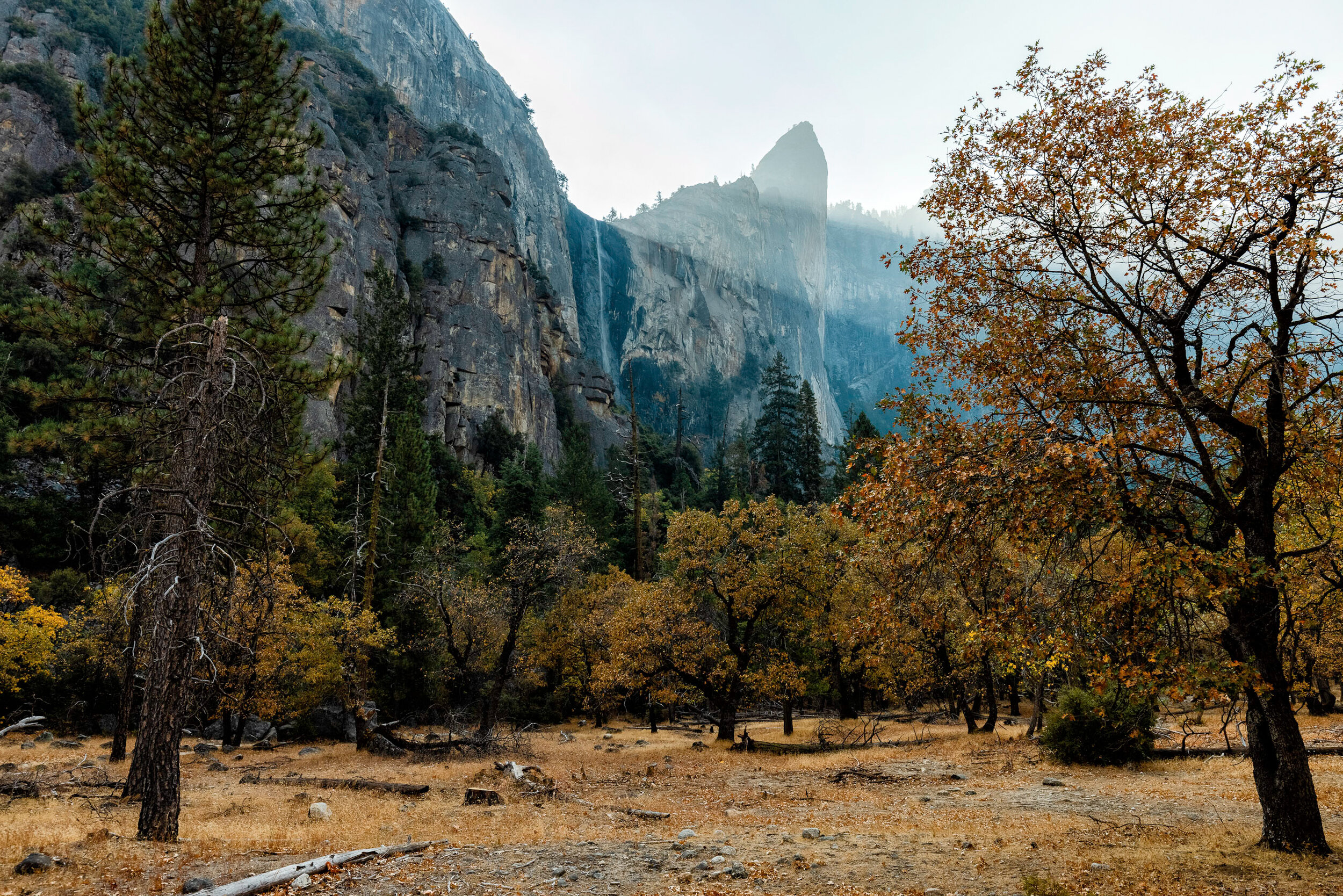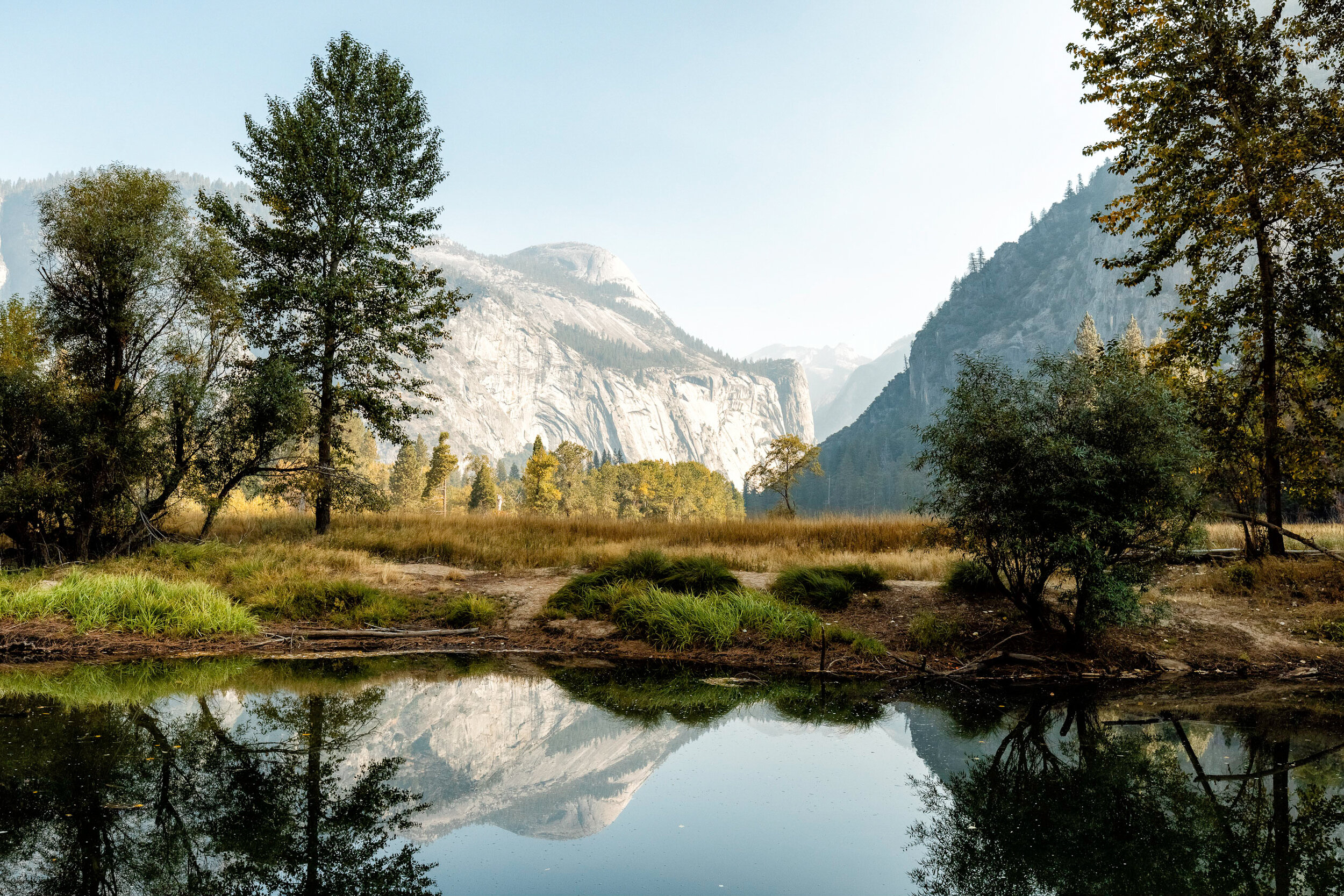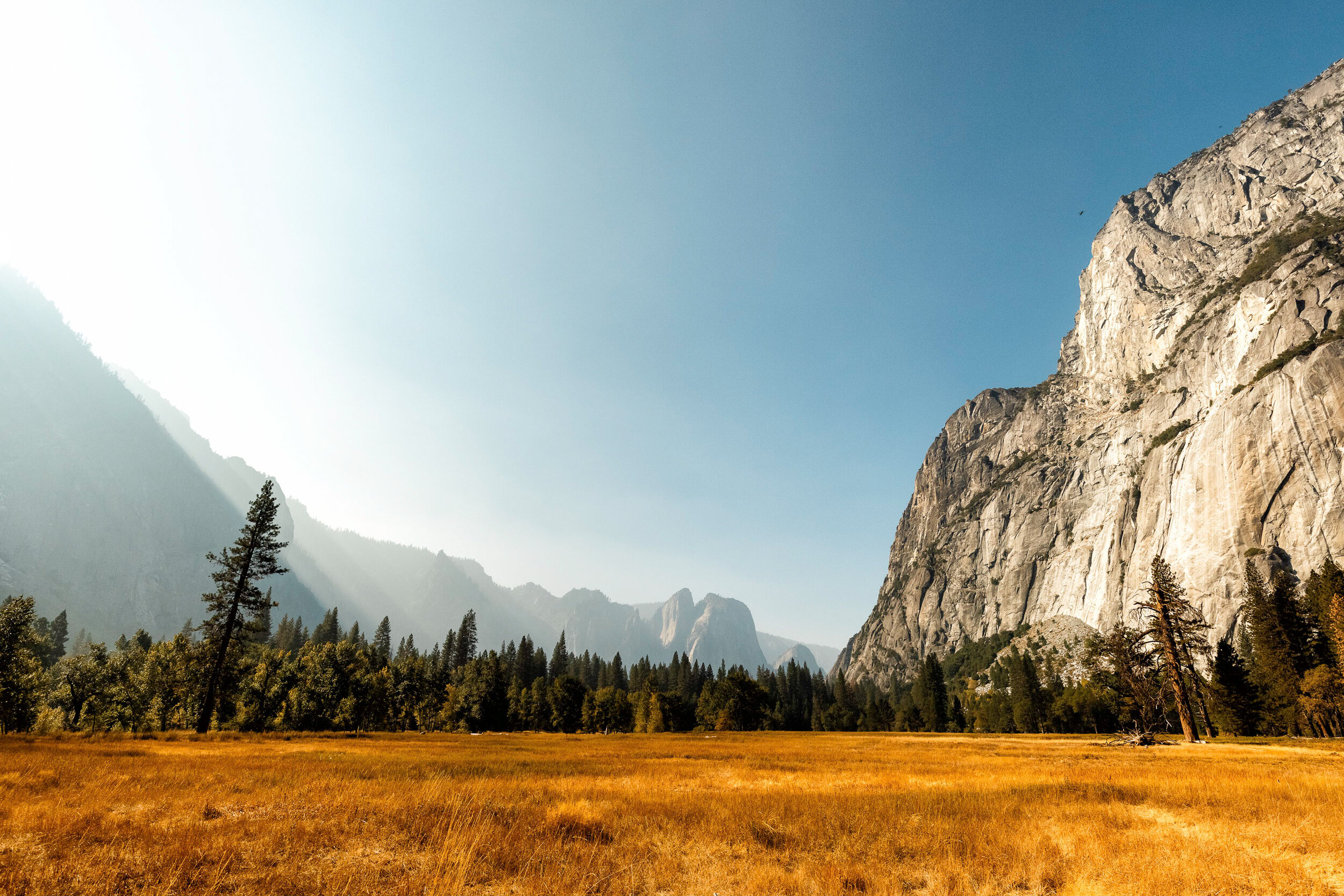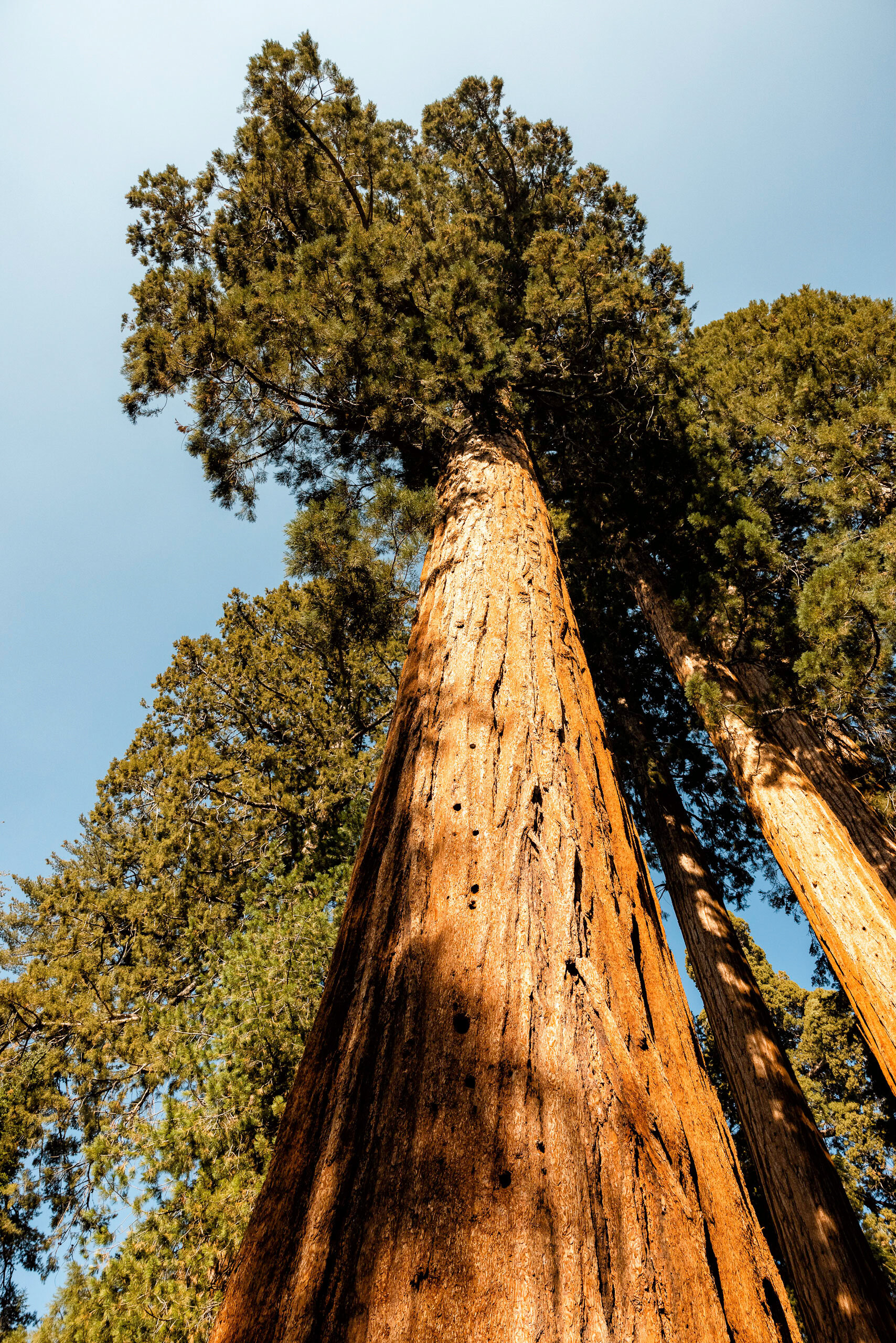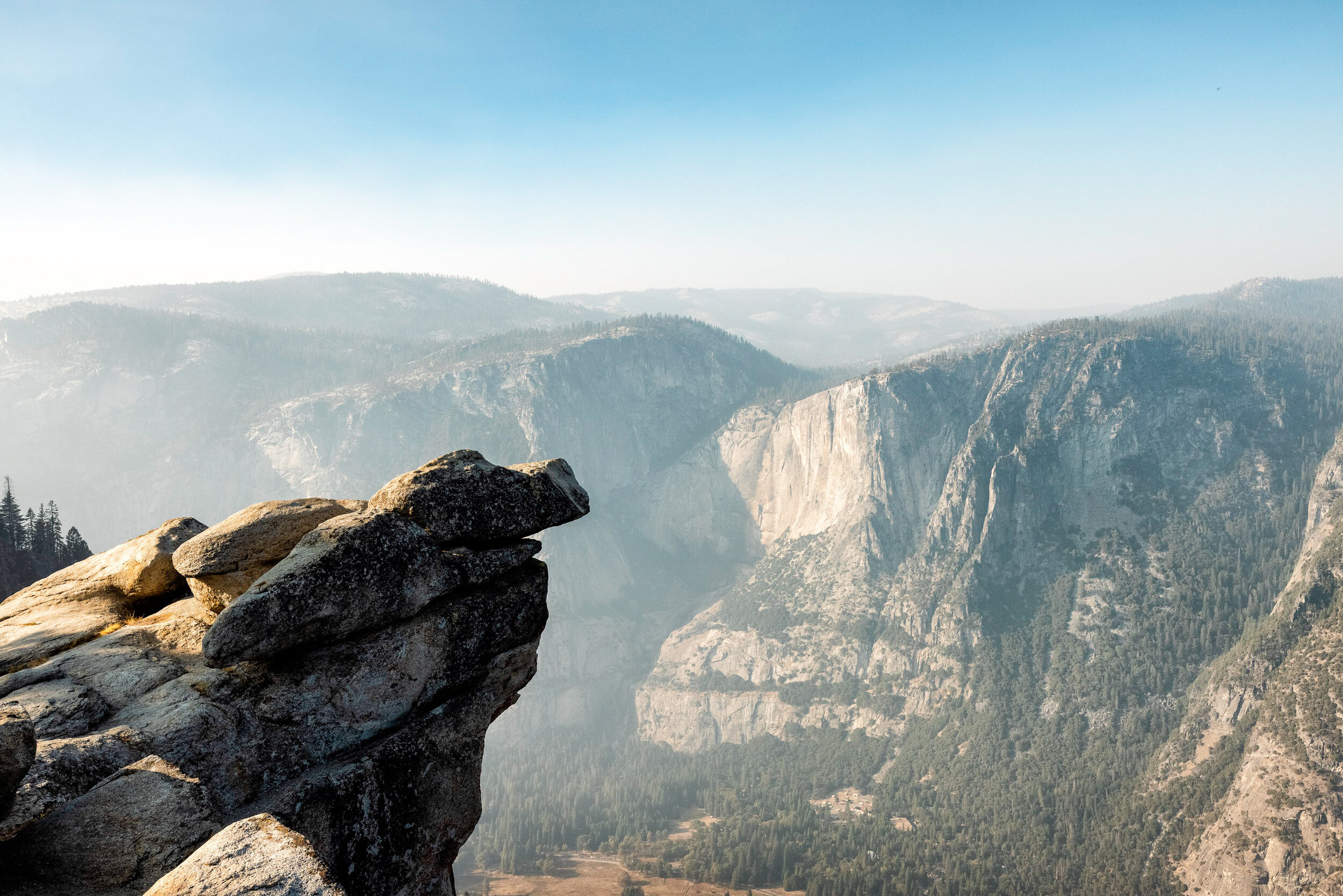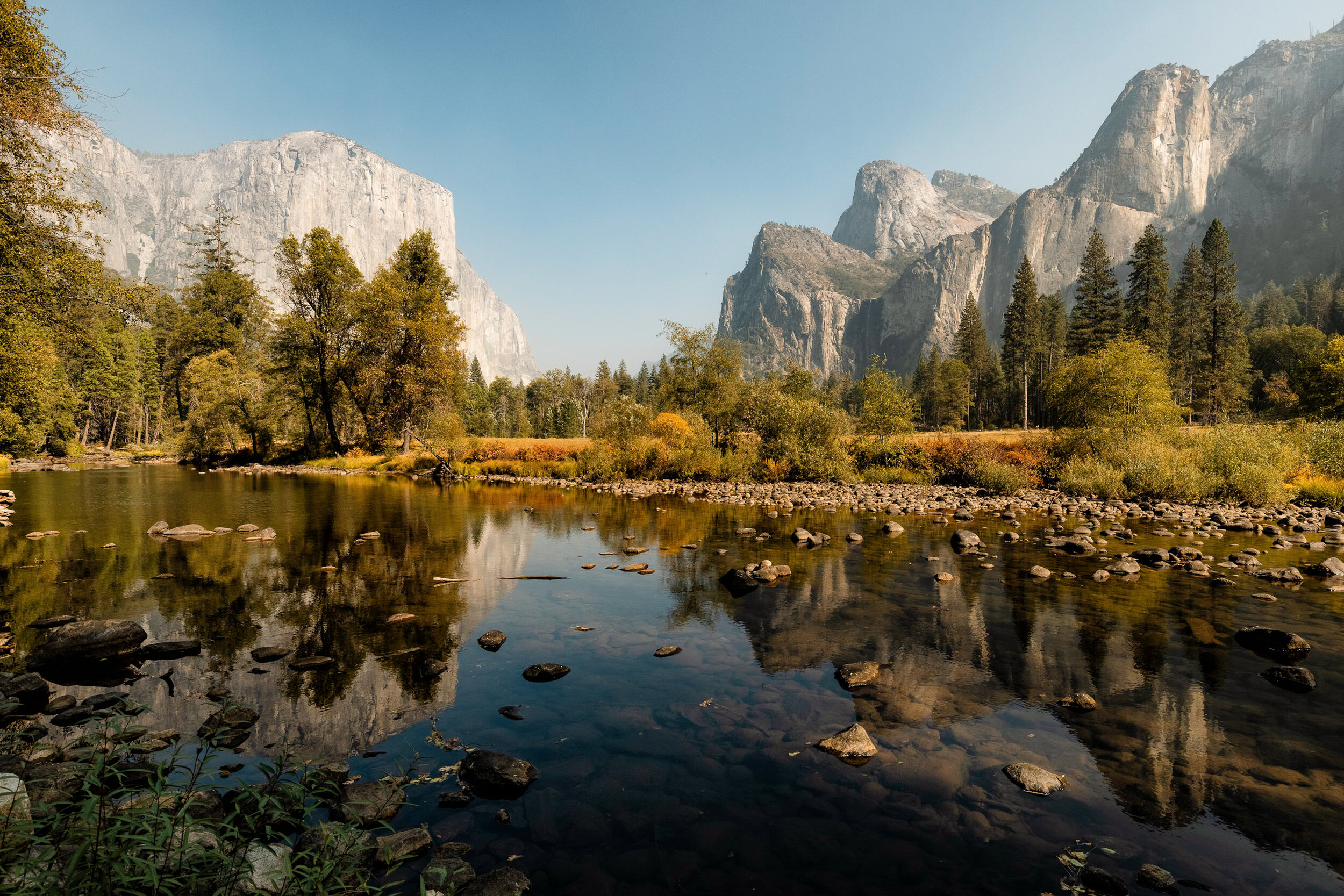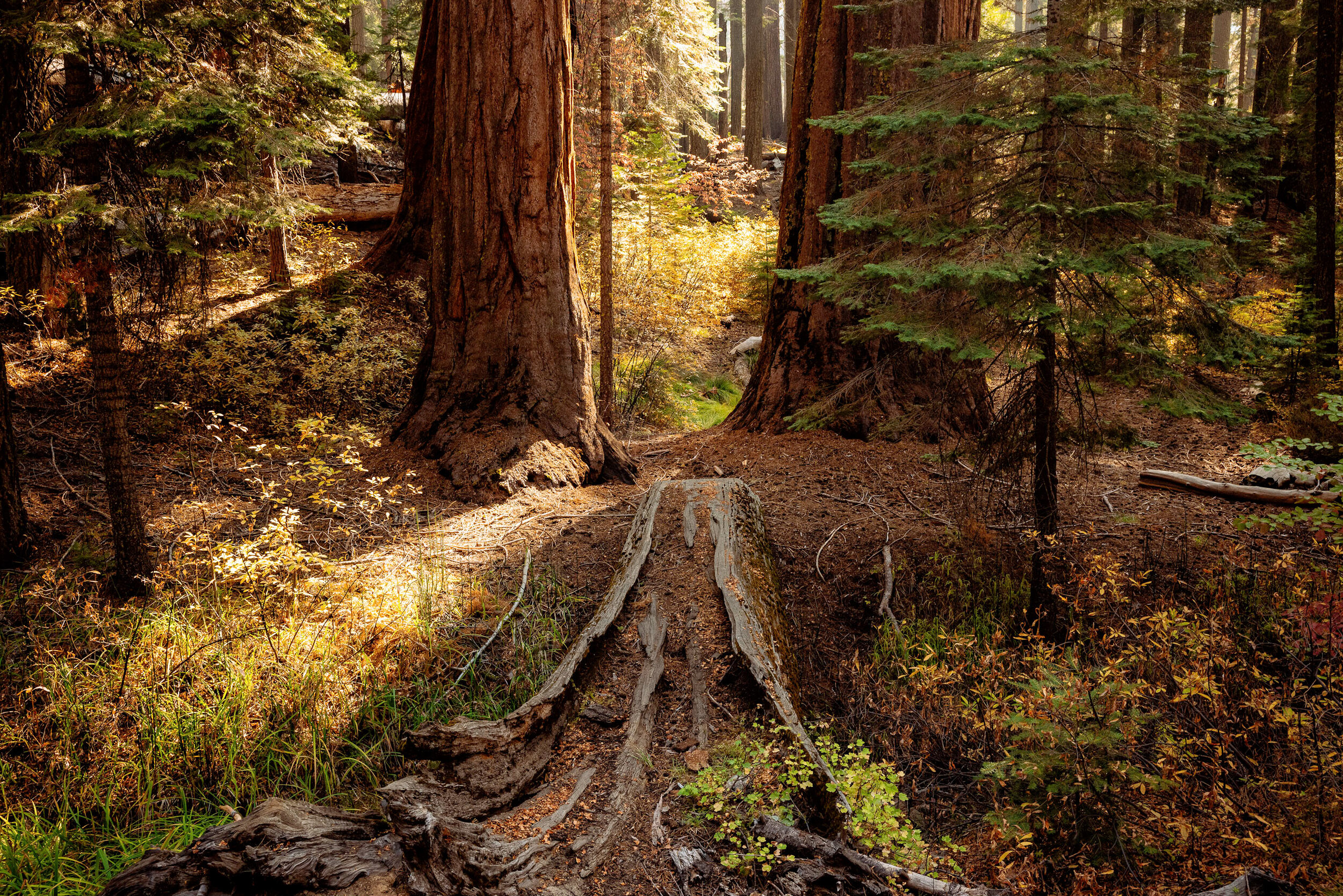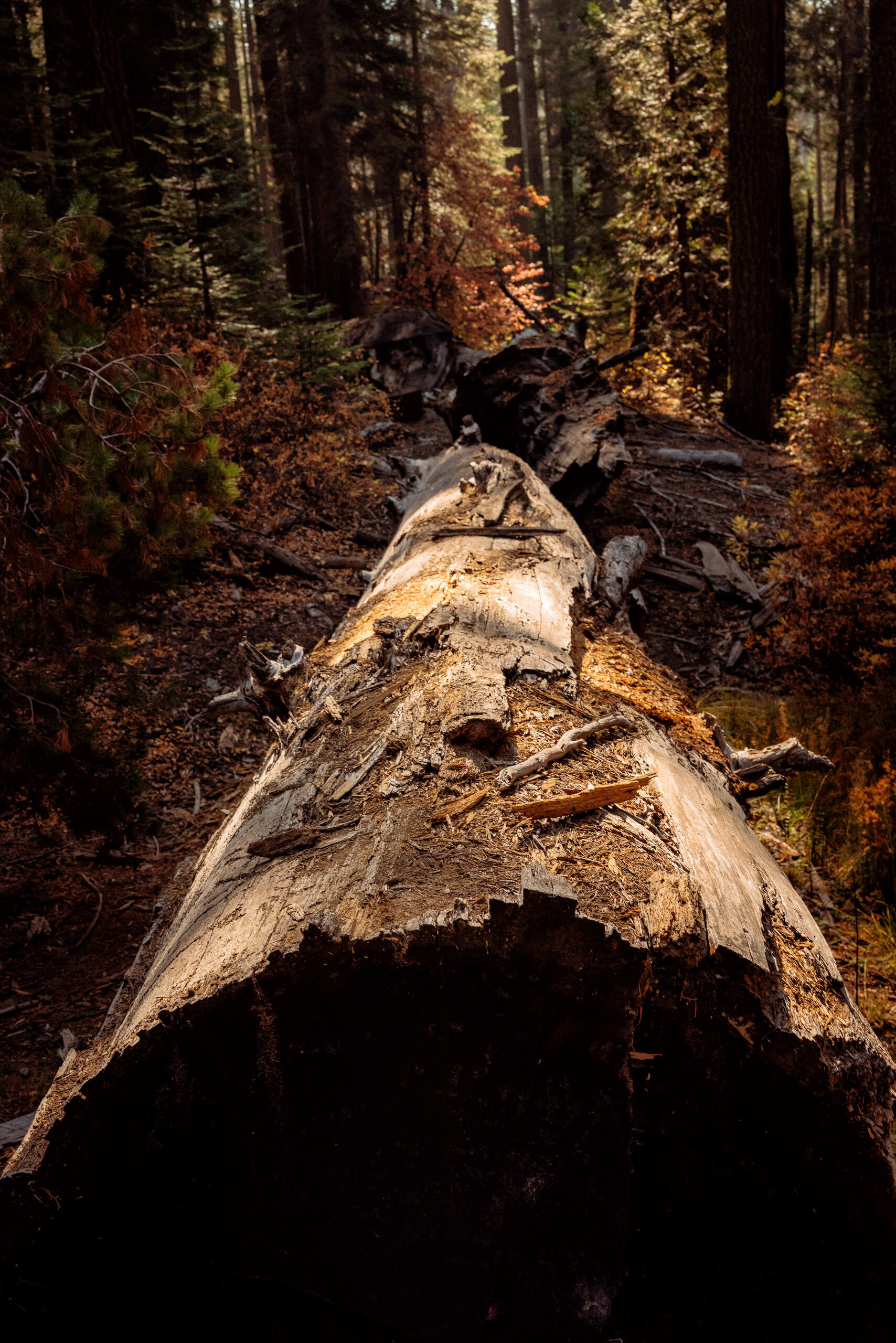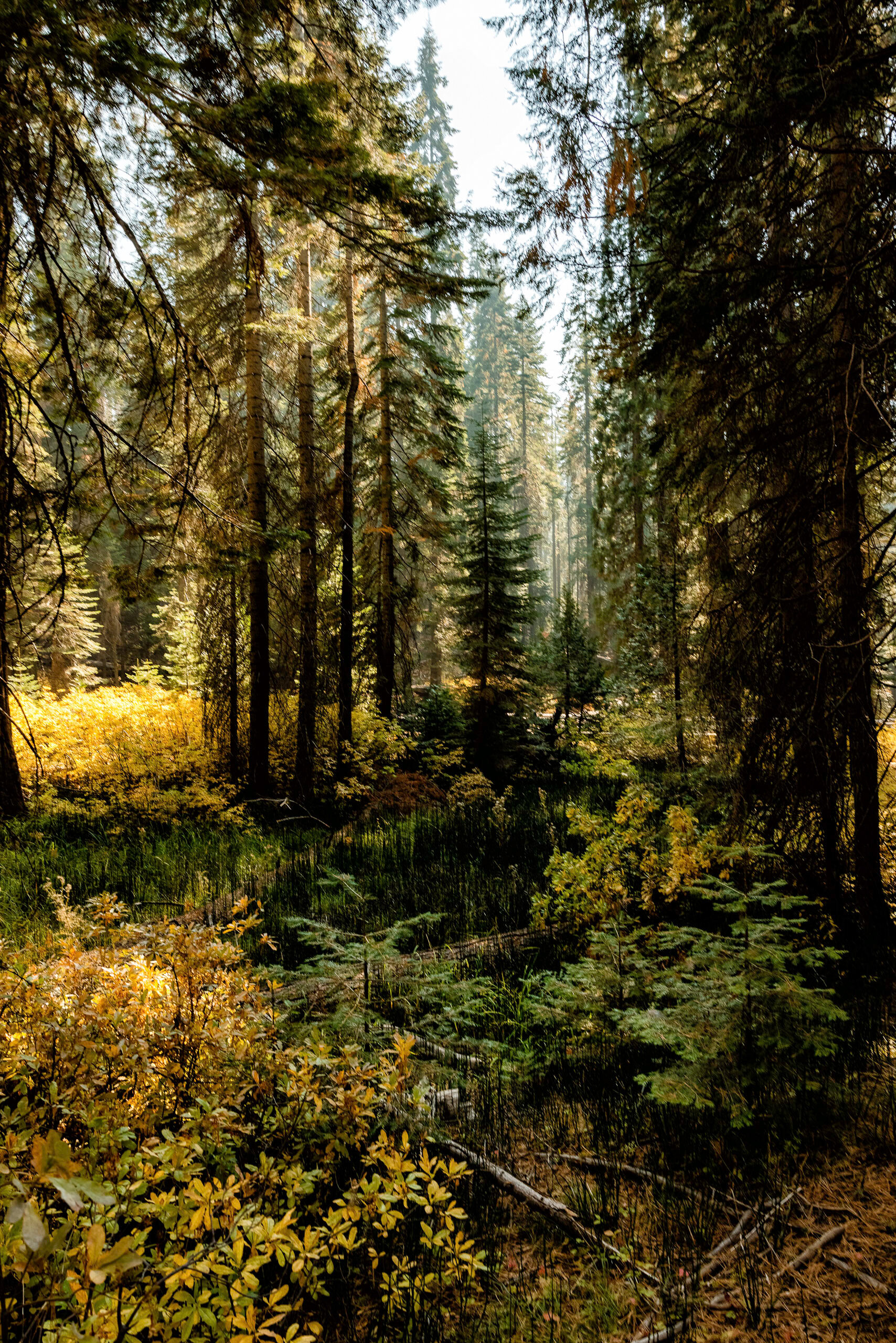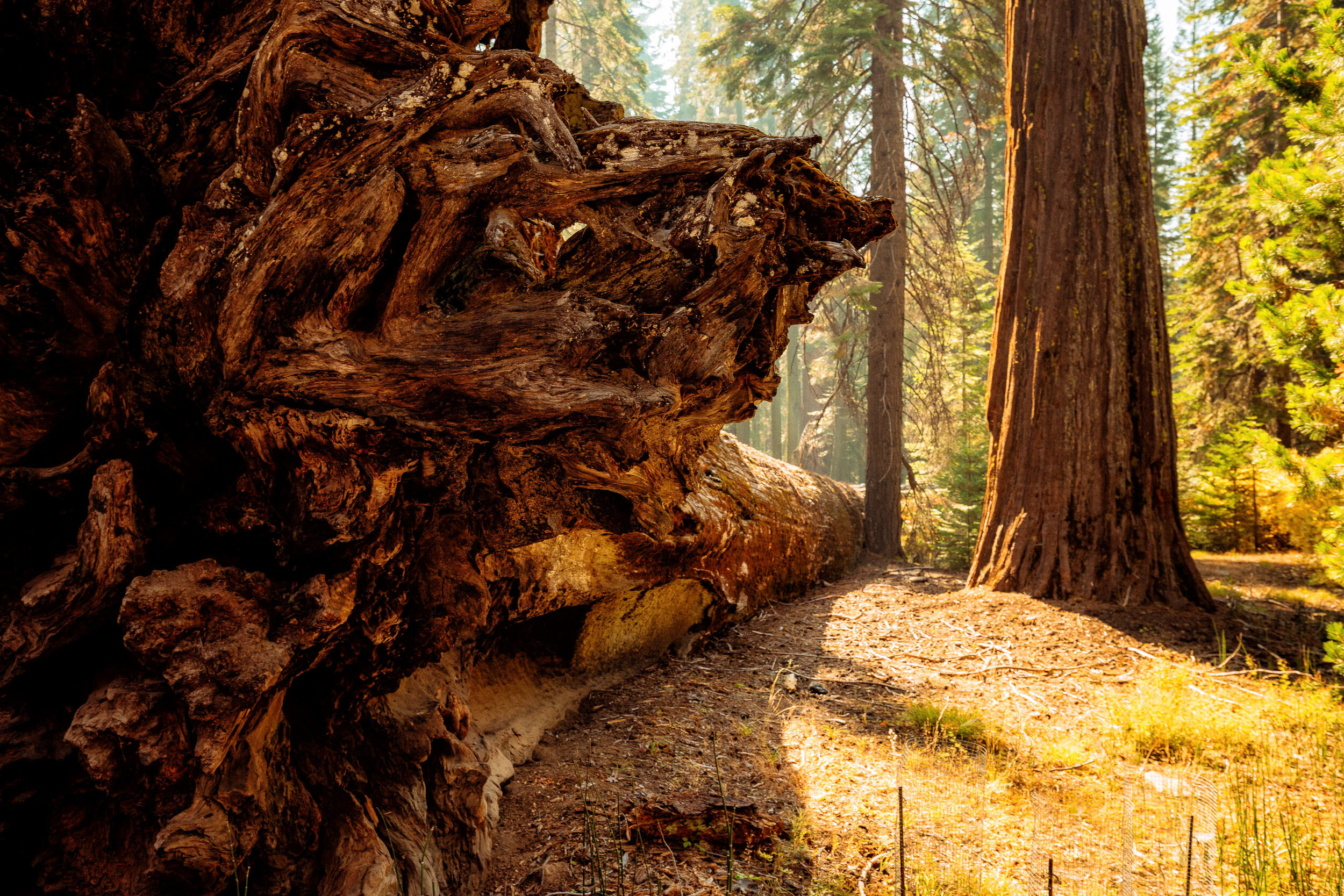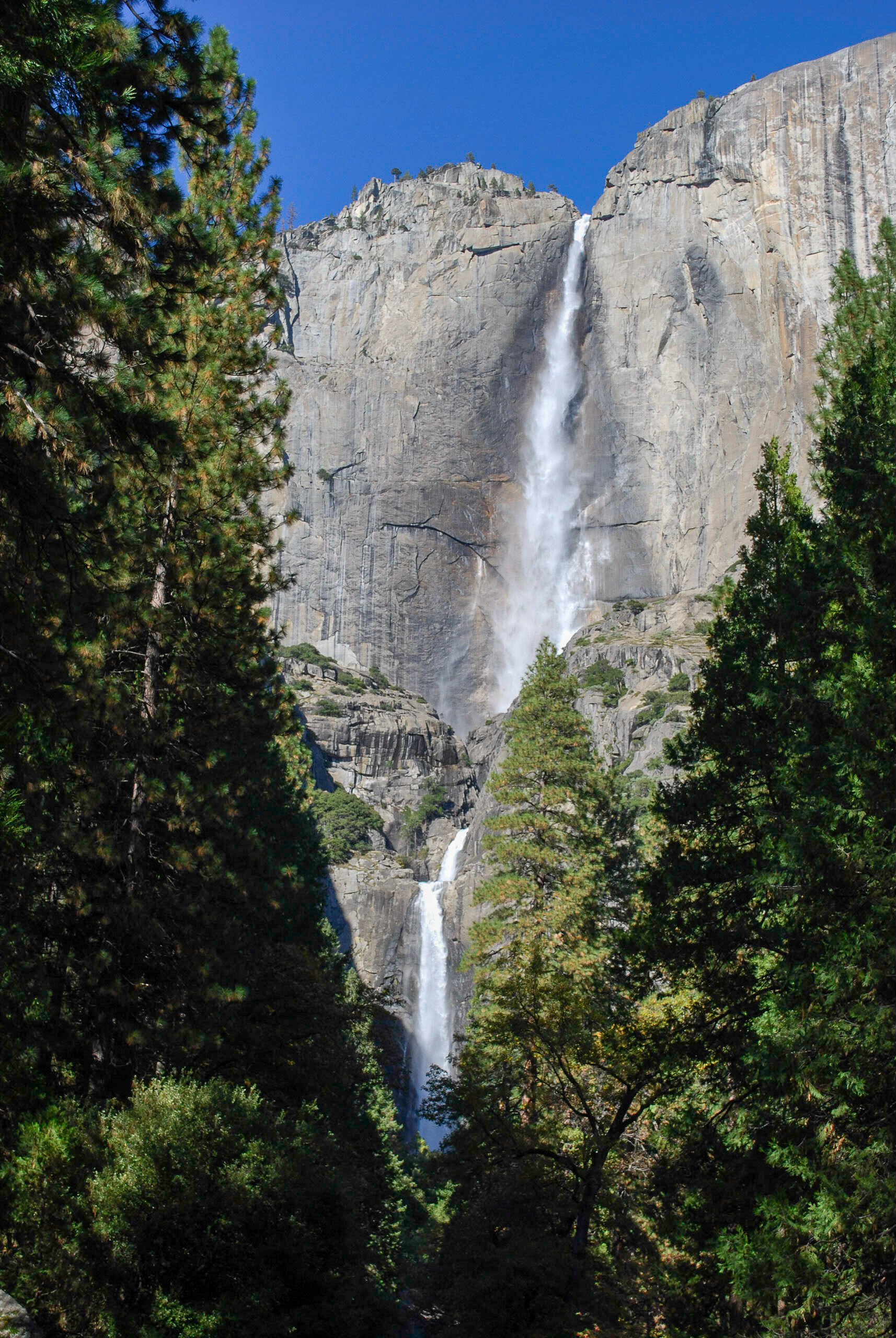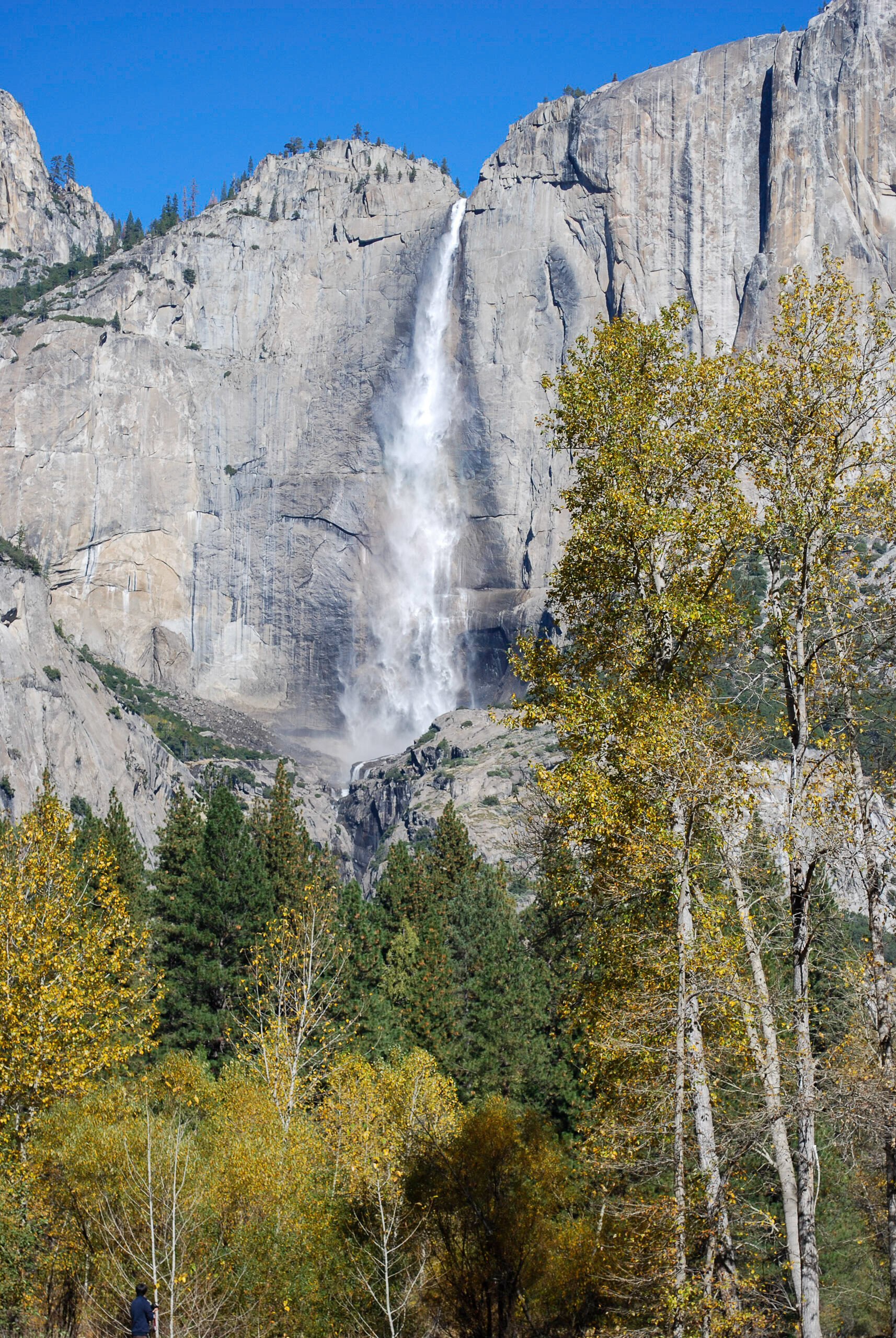How to Spend 3 days in Yosemite National Park
Yosemite National Park is just one of the amazing National Parks that California has to offer. It is filled with jaw-dropping rock formations, waterfalls, and Giant Sequoia Trees. There is much to do in this park, but with a long weekend you are able to see the majority of the park. Have more time? Then you should consider going on one of the longer hikes. If you only have one day, focus your time on the valley floor.
What is the best time of year to go to Yosemite National Park?
Yosemite National Park can be visited year round. High season is typically between Memorial Day and Labor Day. Due to the limited number of roads, you will spend a lot of time in traffic during peak season and on weekends. Although Yosemite is open year round, many of the roads are closed from late fall to early spring due to snowfall. I recommend trying to go on the border seasons of late spring or early fall when the crowds are less but the roads are all open. We have gone in spring where it is beautiful with all of the waterfalls at their peak. During fall, the colors are beautiful, but unfortunately the waterfalls are barely flowing or not present at all. Due to it’s location, wildfires frequent this area, so going in spring or fall makes this less likely and better air quality.
Where should you stay while visiting Yosemite?
Lodging within Yosemite is limited and you need to plan ahead. There are a few hotels located within the National Park. One that I would recommend at least visiting, would be The Ahwahnee. However unless your willing to pay at least $350/night and booked several months in advance, you likely won’t be able to get a reservation. Another option within the park is the Yosemite Valley Lodge, which is a bit cheaper but again you have to book months in advance. You can book both here. My recommendation would be to get an Airbnb or VRBO in nearby Groveland. We were able to get a nice house for a little over $200/night. If you don’t want to do an Airbnb or VRBO, other good hotel options are Yosemite View Lodge and Tenaya Lodge at Yosemite. There are lots of camping sites within and around Yosemite as well.
Getting into Yosemite National Park
There are 4 entrances into Yosemite National Park.
If you are coming from the Bay Area or staying in Groveland, you will most likely be using the Big Oak Flat entrance on HWY 120 East. This allows easy access to Tioga road, the valley, and Hetch Hetchy.
Arch Rock entrance on HWY 140 is in the middle and allows easy access to everything.
The South Entrance on HWY 141 is the best entrance if you are coming from Los Angeles area. There are lots of curves coming down this road, but one of the benefits is that your first view of the valley will be Tunnel view.
If you are coming from the east, you will most likely be using the Tioga Pass Road on HWY 120. This road does close during the winter, so make sure to check if it is open before you leave.
How much does it cost?
It costs $35 for a 7 day car pass to visit the park. However if you plan to visit more than one national park this year, I recommend buying the America the Beautiful Pass which allows you access to all nationals parks and many other sites for that year.
Getting around Yosemite National Park
Within Yosemite, there are a limited number of roads which unfortunately means you will likely be spending time in traffic. In the valley, there is one road that creates a loop around the park. The majority of it is one way, however there are a few turn around spots should you miss something. I recommend trying to complete the entire loop so that you don’t miss anything.
Gas stations are very limited within the park, you should plan to fill up before you enter for the day.
There is food available within the park in the valley, but it is limited. If you are doing Glacier Point or Tioga Pass Road, there will be no available food stops. Plan to bringing snacks with you, if that is your plan for the day.
One of my highest recommendations is downloading the GuideAlong app. This is a tour that goes off you phones GPS and tells you about upcoming locations and history of the park.
Day 1 - Exploring the Yosemite Valley Floor
The majority of the sights are within the valley floor and there is a lot packed into this little area. You should plan to get an early start for this day, being that this is where you will see the most traffic. There is one road that goes in a loop around the valley one way with a few turn around spots. Nevertheless there are plenty of spots to pull off the road to enjoy the sights or go on a hike.
Tunnel View
This is undeniably one of the most iconic views of Yosemite. If you enter through the south entrance, it will be your introduction to the magnificent Yosemite Valley. Even if you aren’t using the south entrance, it is still worth a side trip. Here you have views of El Capitan, Half Dome, and Bridalveil Falls. This viewpoint is right off the road and can be accessible by anyone. As it is easily accessible and there is only a small platform for the viewpoint, it is often packed with tourists. This is best to do in early in the morning or evening when the rising or setting sun creates amazing light and minimizes shadows.
Bridalveil Falls
This is one of the few year round waterfalls in Yosemite National Park. However, during the fall it may be only a small tickle so for the best view go in the spring or early summer. It is over 600 ft tall.
Take the 0.5 mile walk to the trailpoint. If it is spring or early summer and there is a lot of water, prepare to get wet from the spray.
El Capitan
El Capitan, or El Cap as some refer to it, is a 3000 ft granite monolith and a rock climber’s dream. Although El Capitan is great for photos at all times of the day, if you can get to the valley early when the sun just goes over the mountain it creates dramatic light. Make sure to spend some time looking for the rock climbers. Rock climbers come from all over to Yosemite to climb El Capitan. They will look like little ants and give you a good perspective of just how big El Cap is.
The Ahwahnee
The Ahwahnee is one of the few hotels located within the Yosemite valley floor. It opened in 1927 and still maintains the old time feel. Visitors are welcome to walk around and enjoy a meal at the restaurant. As this is one of the few places inside the park to eat, I recommend taking a break to get a bite to eat here even if it is just to enjoy a snack.
Yosemite Falls
Yosemite Falls is the tallest waterfall in North America and 6th in the world, standing at 2,425 ft tall. Unfortunately, it is not a year round waterfall and dries up during the late summer and fall. If the water is flowing, I recommend doing the flat 1 mile walk out to the base of the falls for an amazing view looking upward.
Day 2 - Glacier Point and Mariposa Grove
This day you will be exploring more of the amazing views within Yosemite. Although Yosemite is small, it takes awhile to get around the park. You will spend some time driving along Wawona Road to Glacier Point, the best place to see half dome. Don’t forget to explore one of the Giant Sequoia groves while you are in Yosemite as well.
Glacier Point
This is my favorite viewpoint of Yosemite. You have a view looking down and across at the valley with half dome. During the summer, you can drive to this viewpoint via Wawona Road, depending on traffic it is at least a 20 minute drive. There is a short walk with an incline to the actual viewpoint, but it is worth it. Unfortunately this road closes during the winter. Check the National Park website if it is open. If the road is closed and you still want to see this viewpoint, there is a hike that you can do but I recommend planning ahead for this.
For best photos, go during the afternoon.
In the mood for a hike? Consider doing the Taft Point or Sentinel Dome hikes. Each is about 2 miles and they offer views down to the Valley floor.
Mariposa Grove
There are 3 places to see the Giant Sequoias within Yosemite. Mariposa Grove is the largest and most well known.
Recently there have been a lot of renovations done to help protect the trees for the future. They have changed it so that you now park about 2 miles away from the trees, during normal times a shuttle runs and brings you to the grove. During COVID times, if you want to see the trees you must hike uphill the 2 miles. There are a few parking spots available next to the grove for people who have a handicap pass.
The other 2 places to see the Giant Sequoias are the Merced and Tuolumne Grove. Both are on the north end of the park and require at least a 1 mile walk down hill to the groves and then a 1 mile walk uphill. The Tuolumne Grove offers more trees, including one that people used to drive through. Due to the Merced Grove only having a few of the Giant Sequoias, unless you have lots of time and enjoy hiking, I would probably recommend skipping Merced.
Day 3 - Tioga Pass, East Entrance to Yosemite
Depending on how you enter Yosemite, you may do this just getting into the park. The east entrance to the park on HWY 120 is how you’ll enter if you are coming from the east or Tahoe like we did. This day, you will get to explore the tops of the mountains as well as Mono Lake and June Lake Loop.
Olmsted Point
Olmsted Point gives you a view of the Northern side of Half Dome and Yosemite Valley. It is located right off of Tioga Pass Road and is a must see stop on this day. Although trees have grown and block some of the view, you can still get a sense of the enormous Yosemite Valley.
Lake Tenaya
Tenaya Lake is a beautiful alpine lake located at over 8000 ft. Despite it being an alpine lake, it is located right off the road and easily accessible by anyone. During the summer, you can enjoy water activities such as swimming, kayaking, or fishing. If it’s cold out, enjoy a nice walk around the lake.
Tuolumne Meadow
Although Tuolumne Meadows doesn’t describe an exact location, it is the alpine meadow you pass through while driving along the Tioga Pass Road and runs along the Tuolumne River. As you pass through, keep an eye out for wildlife. This is also a good place to get out of the car and explore around the river.
Mono Lake
Okay, this isn’t technically within Yosemite, but it is so close and unique that you should visit it while you can. Mono Lake is an alkaline lake that is home to the famous Tufa towers. This is only a short side trip from the East Entrance of Yosemite. There are several different places where you can walk down to the lake, but the South Tufa State Reserve offers the area with the most Tufas. I highly recommend wearing shoes you can get dirty or throw away. The shoreline is basically a marsh that you will be walking through.
June Lake Loop
Yes, another one not technically in Yosemite National Park and if you are short on time you can miss, but I recommend this side trip. It’s a loop that takes you by 4 mountain lakes: June Lake, Gull Lake, Silver Lake, and Grant Lake. In the fall, the autumn colors are amazing.








